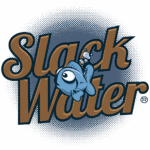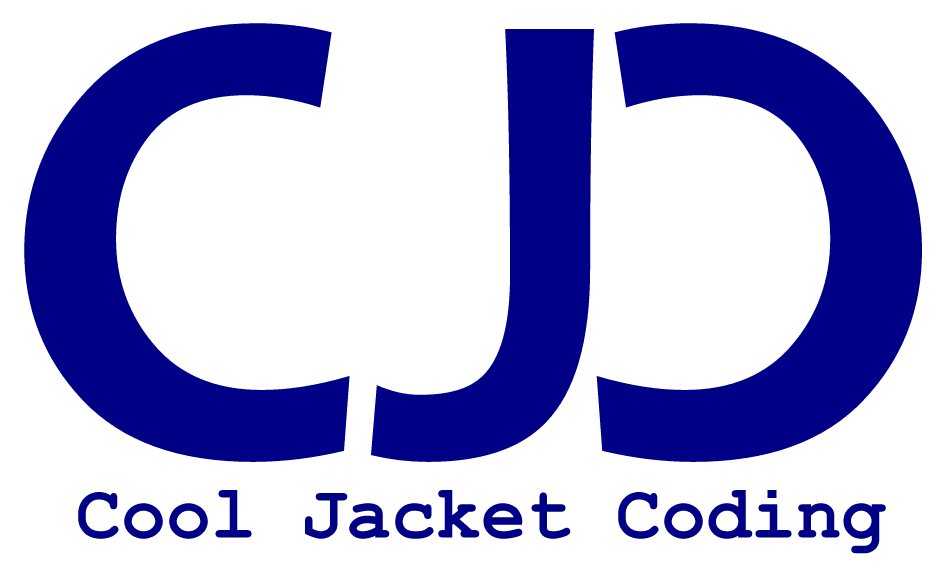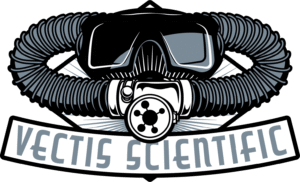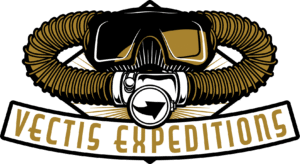
Our mission
To support the restoration of native oyster populations to pre-industrial levels to realise the ecological and economic benefits of such large ecosystems.
In engineering terms – we do this by providing engineered solutions, services and training to support construction of biogenic native oyster reefs to restore and renew marine habitats and ecosystems.
In more scientific terms – were are trying to restore oysters in a low tropic environment which because of long-term over fishing and historic pollution means that we have to take a different approach to recover a reef and restore the environment. This is not a completely new approach and actually our approach would fit with oyster farming where we take care of the oysters and the natural environment but isolating them from the predators on the sea bed.
W
Our oyster pods are made from bio-degradable, recycled/re-cyclable and sustainably sourced materials and can be customised to suit different applications and desired design lifespans.
Think of them as an underwater apartment block for oysters to help protect them from predators and keep them in an optimum position in the water column or off the seabed before they are fully grown colonies ready for release into the wild to renew ancient oyster beds.
They can be also coated and remote settled with native oyster larvae from a Northbay hatchery so that we can place thousands of baby oysters in the sea at any one time at the cost of pennies rather than pounds per oyster.
Use of computer aided manufacture helps us keep costs down and enables us to produce kits that volunteers can assemble.
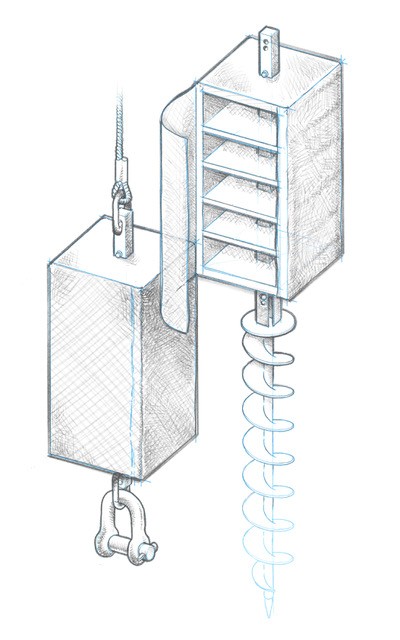
The pods are a modular construction so can be configured to be mounted underneath marina pontoons, mounted just off the seabed or hung from long line systems midwater.
Over time the oysters will grow and the pods will attract other marine life forming a reef system that increases biodiversity, filters water (see video below) and captures carbon in the shells of the oysters.
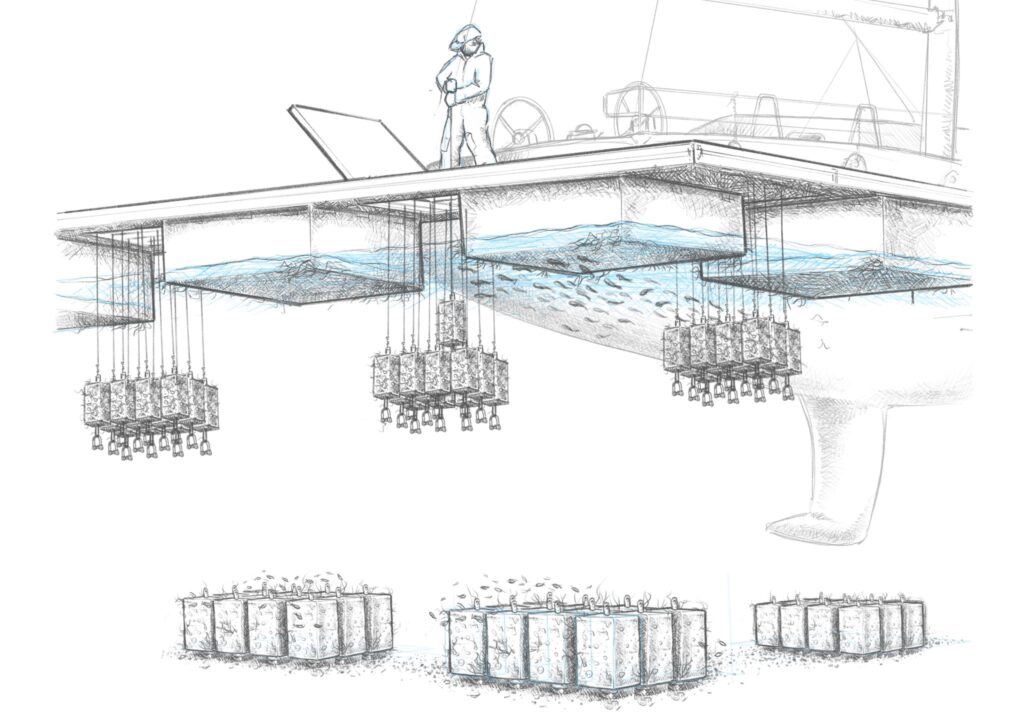
Oysters are brilliant natural filter feeders that extract algae, silt, and excess nutrients from the water.
An adult oyster can filter up to 200 litres of water per day, which is more water than a typical adult uses in the UK per day (around 150lt per day)
The below video shows simple experiment demonstrating how effective native oysters are at improving water quality. After only a few hours the water will become noticeably clearer.
Back to the reef – over time as oysters mature and naturally die or get eaten by predators the empty shells accumulate. This provides the structure for oysters to grow and thrive and builds a reef that other organisms and marine life can thrive on… healthy oysters, healthy reef environment.

The Hatchery – this is a crucial part of the seabed renewal process. The Northbay ReOyster technology enables us to take native oysters from the local area (biome) and breed them in their thousands and millions. Local oysters are important as they should be better adapted to the local conditions and so more likely to survive.
Oyster pods can then soaked in an oyster larvae soup so that baby oysters settle on the pods in large numbers before being installed out at sea.
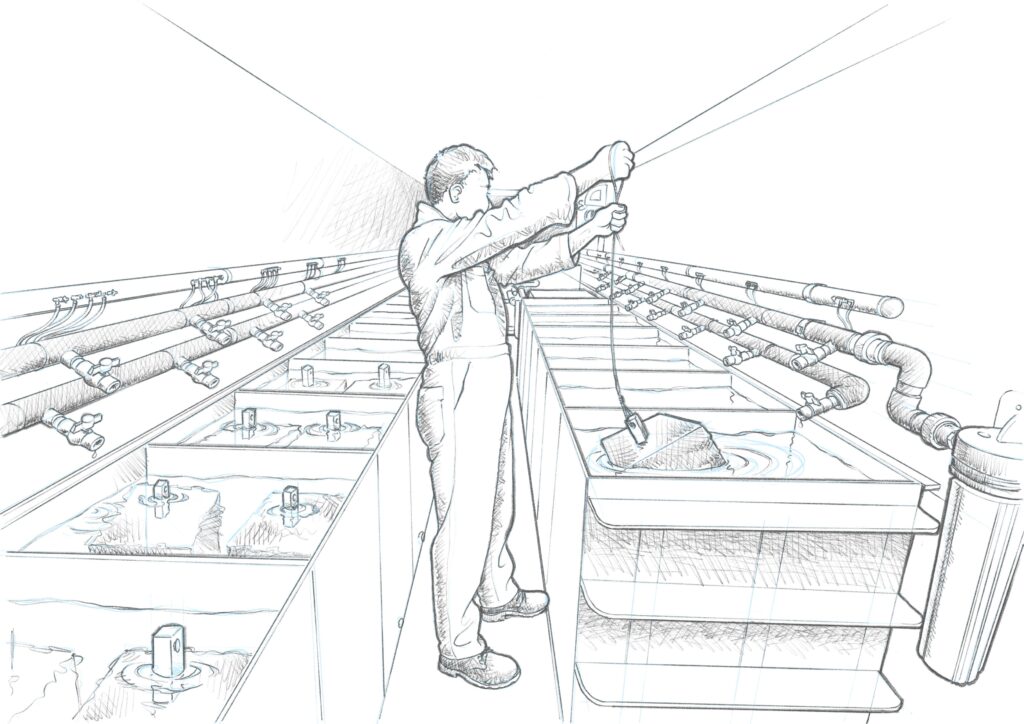
Partners
We are proud to be working with the following partners and sponsors:




